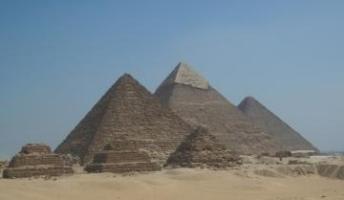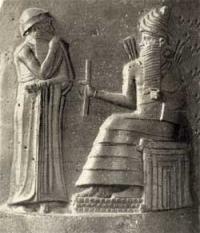Phobos and Deimos

Mars, the fourth planet of the Solar System, has two small satellites: Phobos and Deimos, named in honor of Homer, who gave these names to the two squires of the god of war in the Iliad. Phobos (fear) and Deimos (terror) orbit at 5500 and 21,000 km from the Red Planet, very close to the surface. However, their minimal sizes, 16 and 8 km respectively, make these moons practically insignificant for Mars. Yet, mysteries abound around these space rocks!
Firstly, the loss of the Russian probe Phobos 2 in 1989, destroyed near its namesake satellite by an energy beam of unknown origin emanating from an unidentified cylindrical object: a mystery that remains unexplained and left Russian technicians astonished (and American NASA technicians petrified). Then there's the incredible story of the discovery of the two moons: it occurred after long searches in 1877 by American astronomer Asaph Hall, but as early as 1726, the novelist Jonathan Swift, the famous author of "Gulliver's Travels," wrote in his novel that the astronomers of the fabulous kingdom of Laputa had discovered these two satellites, accurately predicting both their orbital distance and their period of revolution. This astonishing fact inspired generations of scientists, to the point that even Voltaire cited this detail as proof that Mars had two moons.
Others later claimed to have discovered the satellites, but no sightings were credible until it was decided, at an academic level, to determine whether Swift had guessed correctly or not. Given that "Gulliver's Travels" is an opus rich in esoteric references, it is necessary to understand where Swift obtained the correct information about the Martian satellites: some speculate from English travelers coming from China or India, others from medieval texts of Arab origin, and yet others think the two satellites are the result of ancient knowledge dating back to the time of Atlantis, surviving first in the Egyptian archives in Alexandria and then in the Templar-Masonic tradition.
Another mystery: in the late 1950s, a Soviet mathematician and astrophysicist, I. S. Shklovskii, claimed in Pravda that Phobos and Deimos had unnatural orbital characteristics and densities, implying that they were in those positions for artificial reasons. The trajectory of the two satellites would be like that of terrestrial spacecraft, destined to eventually fall to Earth. Phobos, for instance, would be destined, within the next 15 million years, to crash onto the Red Planet.
The theory of "Martian space stations" caused a sensation until the American missions of the late 1970s, and while some immediately ridiculed the Russian scientist's claims, others, like the Academy of Sciences in Moscow, gave them considerable credence. Today, Shklovskii's theories are generally considered erroneous due to insufficient data. However, if we reconsider the evidence of its blue atmosphere, mysterious archaeological structures, and traces of life around lakes and rivers in the form of gigantic trees, who knows if the theory about the artificial origin of Phobos and Deimos might find new support.


























